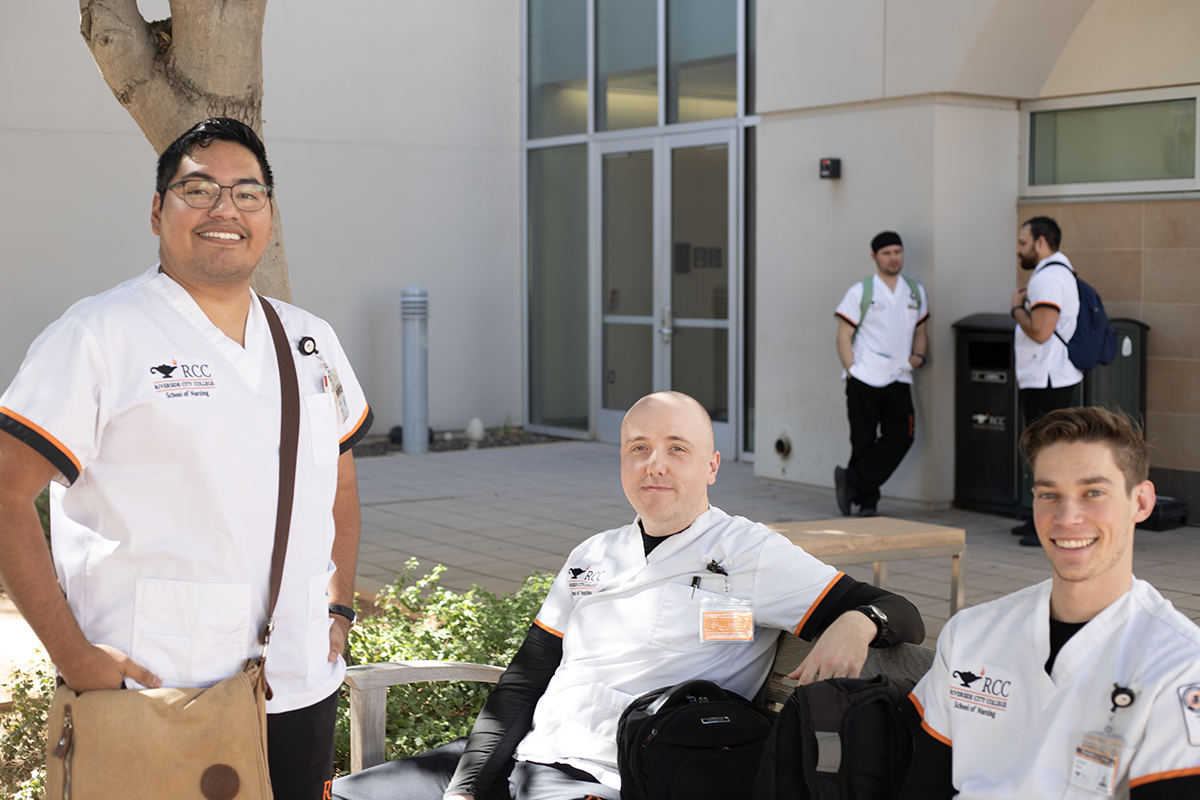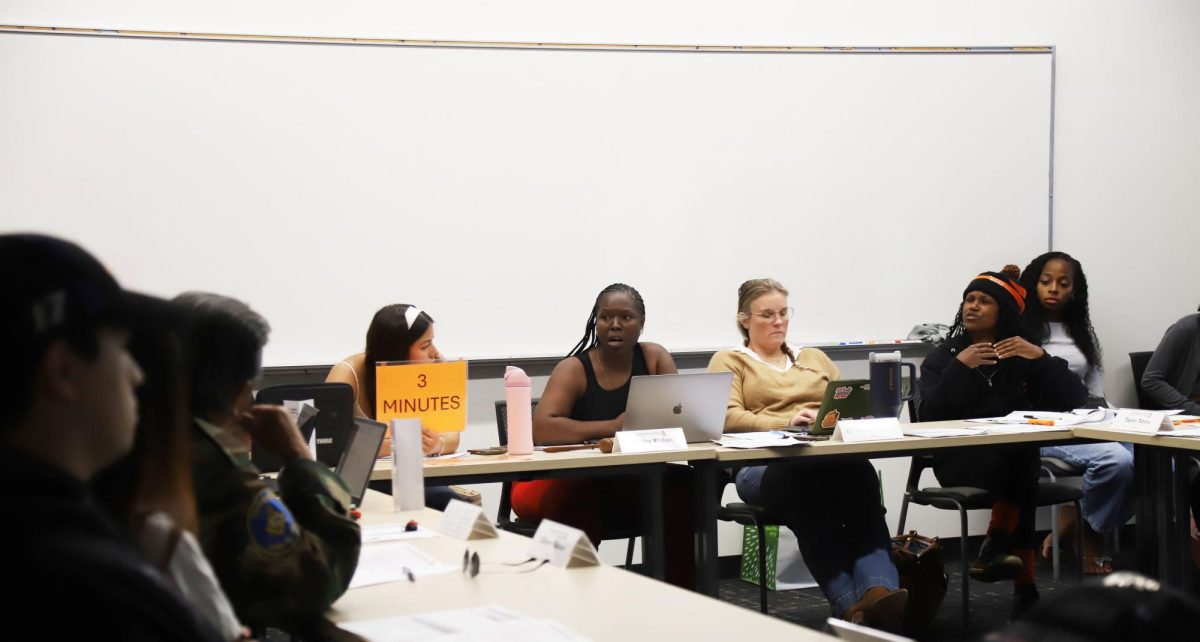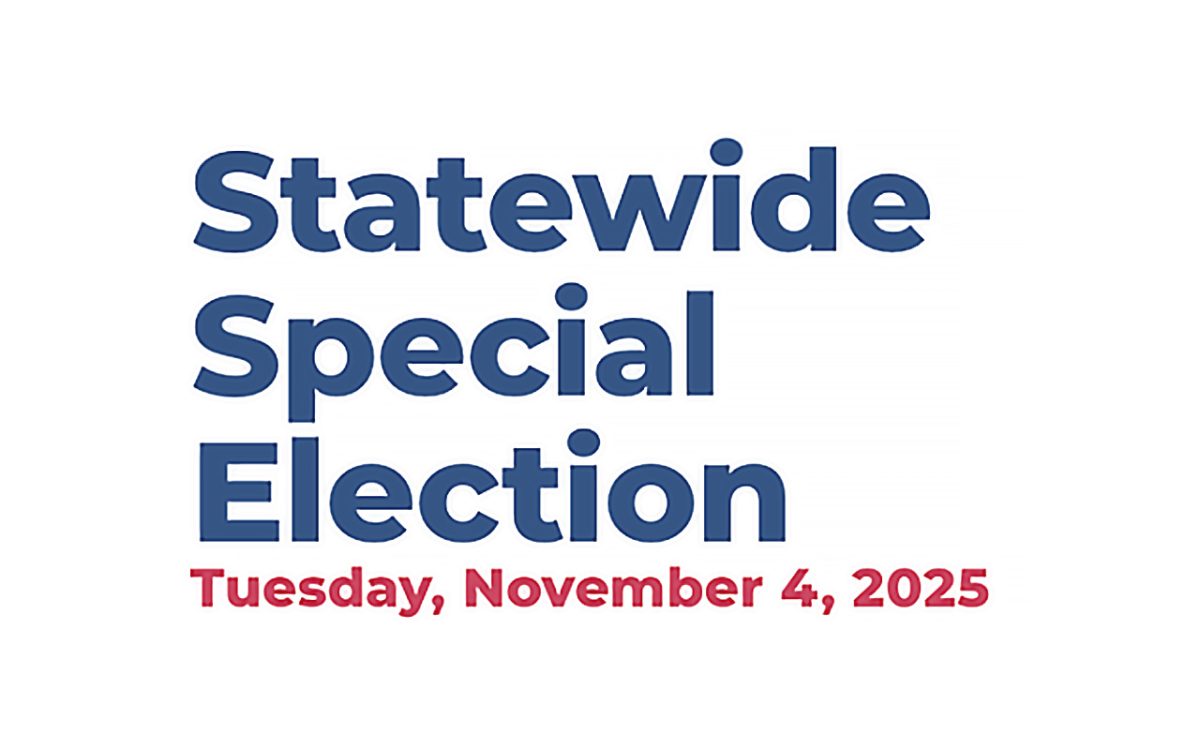Valerie Osier | News Editor
Oct. 16, 2014
Despite more open education resources being created, professors at the community college level are slow to switch to open source textbooks, which would reduce the cost of textbooks, a substantial expense for students.
“The fundamental problem is that most faculty are creatures of habit, and so they’ve been using a textbook for some period of time that seems to work,” said Richard Mahon, chairman of the Curriculum Committee. “The question of how much it costs and how many students are not able to get the text because cost is a barrier is not very much of an issue (for them).”
According to Mahon, Riverside Community College District is a supporter of open education resources and its initiatives to bring open education resources to colleges.
In September 2012, Governor Brown signed Senate Bills 1052 and 1053 int o law that would make provisions to provide free online open source textbooks. The textbooks would be for 50 of the most widely taken lower division courses at UCs, CSUs and California Community Colleges.
The bills are meant to work together. SB 1052 established a council called the California Open Education Resources Council. The council is made up of nine members: three from the faculty of the UC system, three from the CSU system and three from the CCC system, which were chosen by their perspective Academic Senates.
The COERC began developing a list of the 50 most popular courses in February 2014, according to the Council of Chief Librarians of California Community Colleges.
According to the bill, the council must keep in consideration which courses will generate the most overall savings in textbook costs to students. Additionally, the council has to consider which courses maintain an overall consistency in content and information and give faculty the option to add to the open textbook with free faculty authored material or other material from existing digital libraries.
The council is responsible for creating and administering a standardized review and approval process of all the open source textbooks to ensure quality material. They are also required to seek the opinions of students in the development of digital materials.
Mahon speculates that the funding available is only enough to have faculty screen and review open source textbooks that are already available, but not actually produce them.
“My guess is that that would be much more than the legislature would be willing to allocate,” Mahon said.
The second bill, SB 1053, establishes the California Digital Open Source Library that will house the open source materials while providing an easy way for faculty and students “to find, adopt, utilize or modify course material.” COERC established the California Open Online Library 4 Education (COOL4Ed) as a part of the CDOSL.
SB 1053 also states that nothing in either of the bills requires that faculty use any particular textbook or related material. The legislature is only meant to “assist faculty and teachers in choosing cost saving, more dynamic textbook materials for students.”
“As I become aware of texts that are available and are appropriate, I approach the . . . faculty rep (of the department) and I say, ‘I’ve learned that there’s this text available, I would urge you to take a look and discuss with the other faculty in your department. Would this work to meet your needs?’ If the answer is no, there’s some crucial content you think students have to have access to that’s not included, and the text is not going to work, then I understand,” Mahon said.
According to Mahon, articulation is not an issue when it comes to whether or not professors can use open source textbooks. Articulation is the process that ensures courses at CCCs will transfer to upper division universities. The only exception is that some fields, such as science courses, require a text that has been published withing the last five years.
“For the most part, every faculty makes their textbook selection on his or her own,” Mahon said. “As curriculum chair, I would urge faculty to acquaint themselves with what is available. Some faculty like change and fiddling with their syllabi . . . other faculty really like routine, and if they have a textbook they’re comfortable with, they’re going to be a harder sell.”
The Student Senate has a student representative on the Curriculum Committee, but the representative is not in the position to do anything more than encourage and urge faculty to look into open education resources as they become available, according to Mahon.
“If students know that there is a text that’s available that other colleges are using, they could always go to faculty . . . (and ask them to consider using it) I think that nudge would make them go look at what is available. I think a majority of faculty would be willing, with some nudging, to acquaint themselves with what’s available.”






